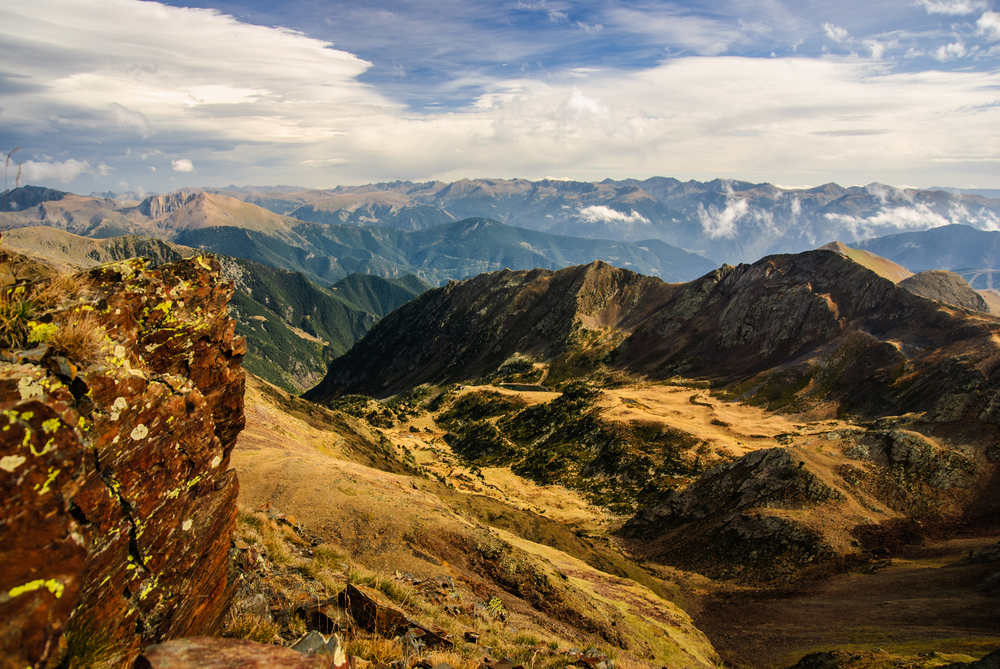Pyrenees Overview
Pyrenees National Park (Parc National des Pyrénées), established in 1967, is a captivating expanse of wilderness located along the French-Spanish border, stretching through the regions of Occitanie and Nouvelle-Aquitaine in southwestern France. This park spans an impressive area of about 457 square kilometers (approximately 176 square miles) of core zone, with a peripheral protection zone that extends over roughly 2,060 square kilometers (about 795 square miles), encompassing parts of the Pyrenees mountain range. This designation ensures the conservation of both the park’s pristine natural environments and the cultural landscapes of the surrounding areas.
The Pyrenees National Park is celebrated for its breathtaking landscapes, which include towering peaks, serene glacial lakes, verdant valleys, and cascading waterfalls. The park’s diverse terrain offers a sanctuary to a rich variety of flora and fauna. It is home to emblematic species such as the Pyrenean chamois, marmots, and the majestic bearded vulture, as well as a plethora of endemic plants that thrive in its unique climatic conditions.
One of the park’s distinguishing features is its commitment to preserving the natural environment while also maintaining the cultural heritage of the Pyrenean communities. Traditional pastoralism practices continue within the park, showcasing a harmonious balance between human activity and nature conservation.
Pyrenees National Park is a paradise for outdoor enthusiasts, offering countless opportunities for hiking, mountaineering, skiing, and snowshoeing. Its extensive network of trails allows visitors to explore the natural beauty of the Pyrenees, from the accessible paths suitable for families to the challenging routes that appeal to experienced adventurers.
The park also plays a crucial role in environmental education and research, promoting awareness of the importance of biodiversity and the need for sustainable management of natural resources. With its stunning scenery, rich biodiversity, and cultural significance, Pyrenees National Park stands as a testament to the beauty and ecological importance of the Pyrenees mountain range, inviting visitors to discover its enchanting landscapes and diverse ecosystems.
Park Map
Pyrenees National Park Trails
Related National Parks More France
Sources
- All Trails, Best Trails in Pyrenees National Park, https://www.alltrails.com/parks/france/occitanie/parc-national-des-pyrenees, retrieved April 2024.
- Britannica, Pyrenees, https://www.britannica.com/place/Pyrenees, retrieved April 2024.
- Embark, Pyrenees National Park, http://www.embark.org/france/adventures/pyrenees-national-park, retrieved April 2024.
- France, Pyrenees, https://ca.france.fr/en/pyrenees, retrieved April 2024.
- National Geographic, Pyrenees National Park, France, https://www.nationalgeographic.com/travel/parks/pyrenees-france/, retrieved April 2024.
- UNESCO, Pyrenees – Mont Perdu, https://whc.unesco.org/en/list/773/, retrieved April 2024.



















































































